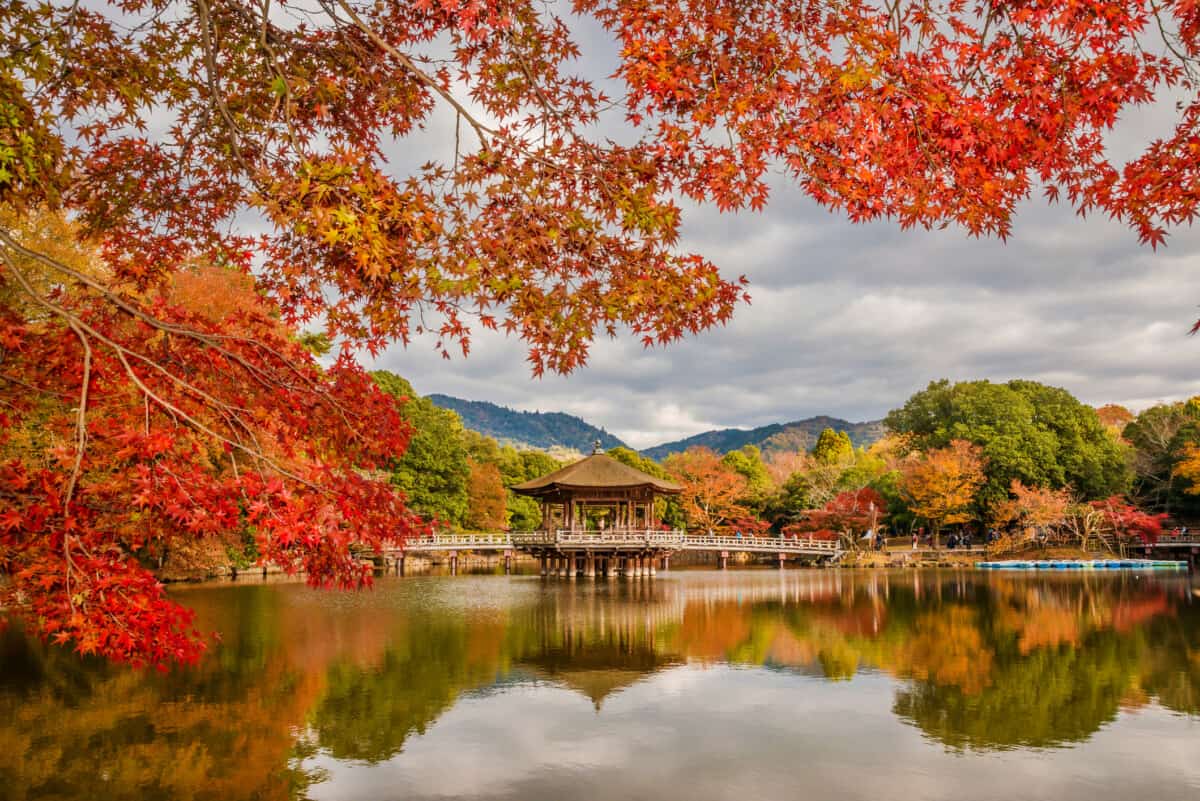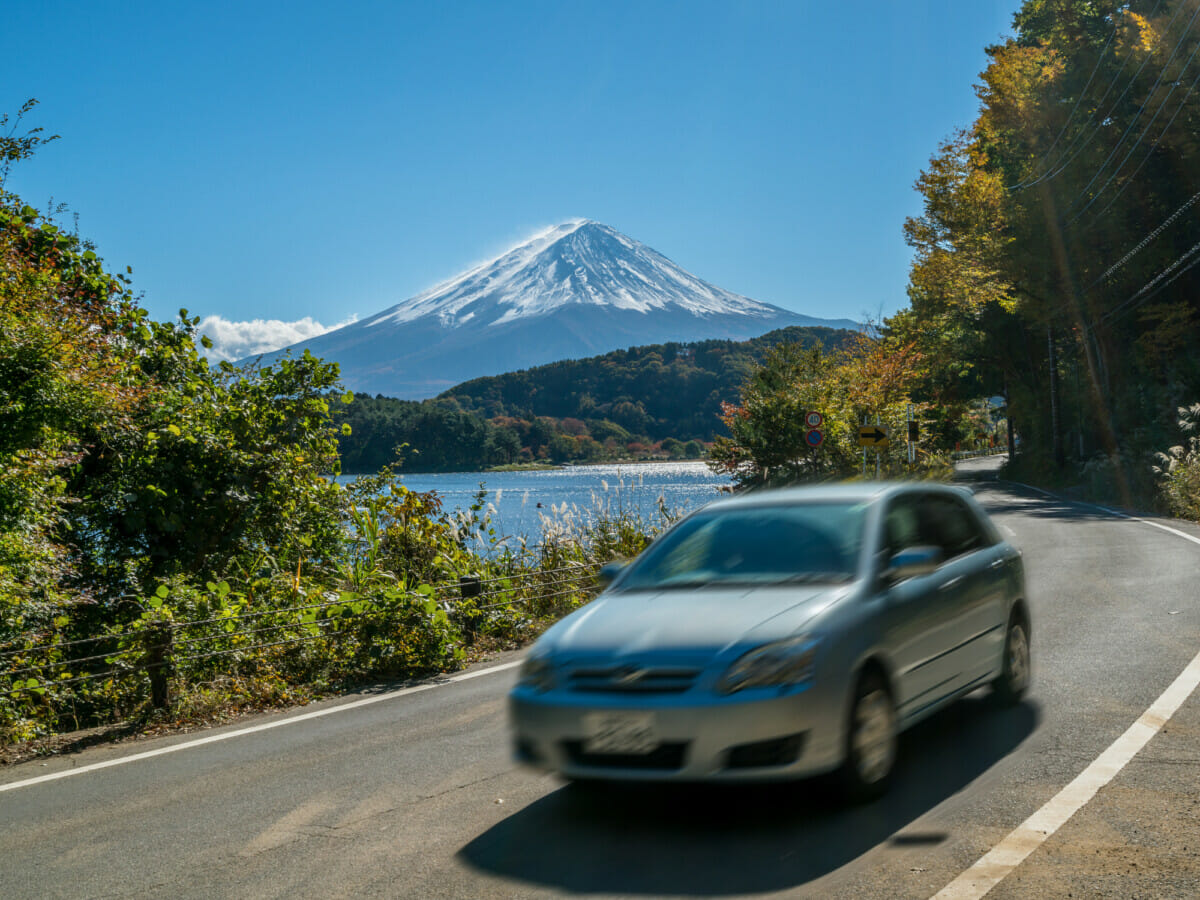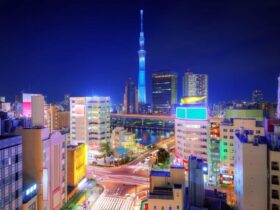Japan is a country of distinct seasons, and November is undoubtedly one of the best months to visit.
With mild temperatures, clear skies, and fewer crowds, November offers an ideal time to experience the changing colors of the leaves, enjoy the cultural events and festivals, and soak in the hot springs.
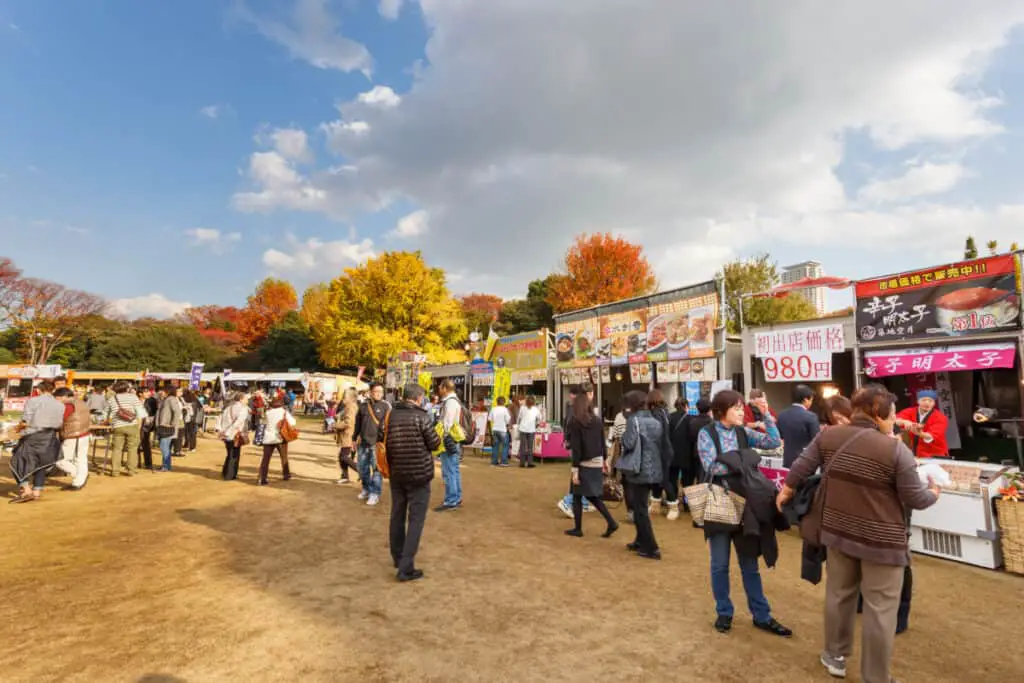
In this article, we will explore the best places to visit, the most popular events and festivals, and the best things to do during your trip to Japan in November.
Whether you are a first-time traveler or a seasoned adventurer, this guide will provide you with all the information you need to plan your travel to Japan during this fantastic time of year.
Different Seasons and Weather Conditions
In November, Japan experiences a transition from autumn to winter. While the summer months are hot and humid, November offers comfortable temperatures, making it a perfect time to explore the country’s natural beauty.
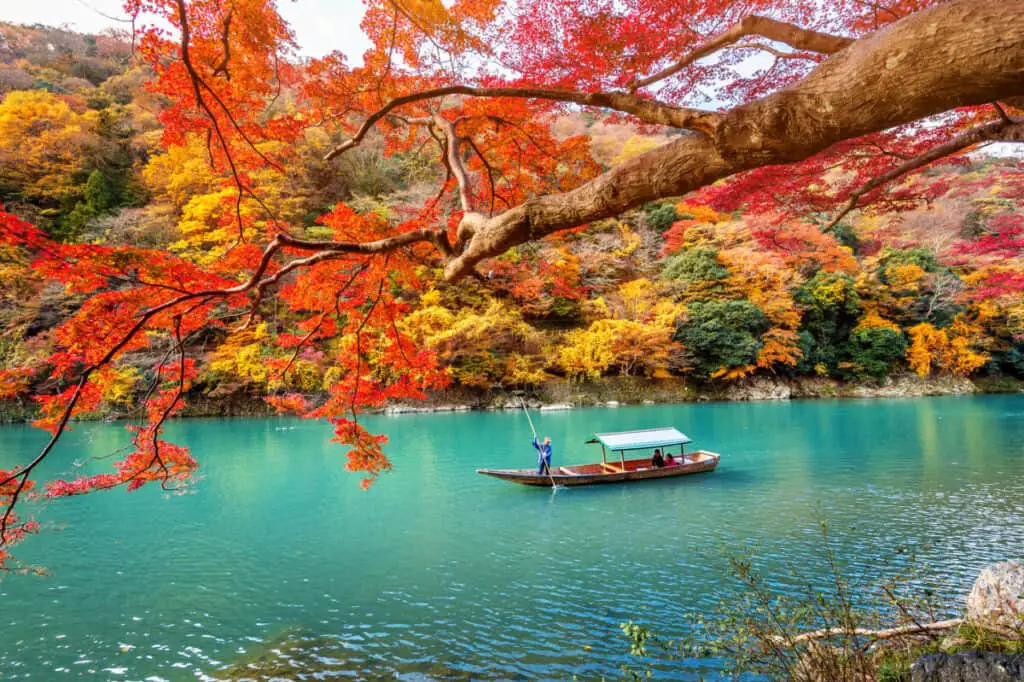
The leaves change color, and the autumn foliage is in full swing in November, making it a beautiful time to be outdoors.
As November comes to an end, the weather starts to become colder. It is essential to pack warm layers, long-sleeved shirts, and other cold weather gear to ensure that you are prepared for the changing temperatures.
Japanese Culture and Customs During this Time of Year
November is also an important time for Japanese culture and customs. During this month, the country celebrates several significant events and holidays, such as the Fuji Kawaguchiko Autumn Leaves Festival, Gion Odori, and the Fire Festival. Sumo wrestlers also hold tournaments during this time of year, providing a unique opportunity to experience Japanese culture and traditions.
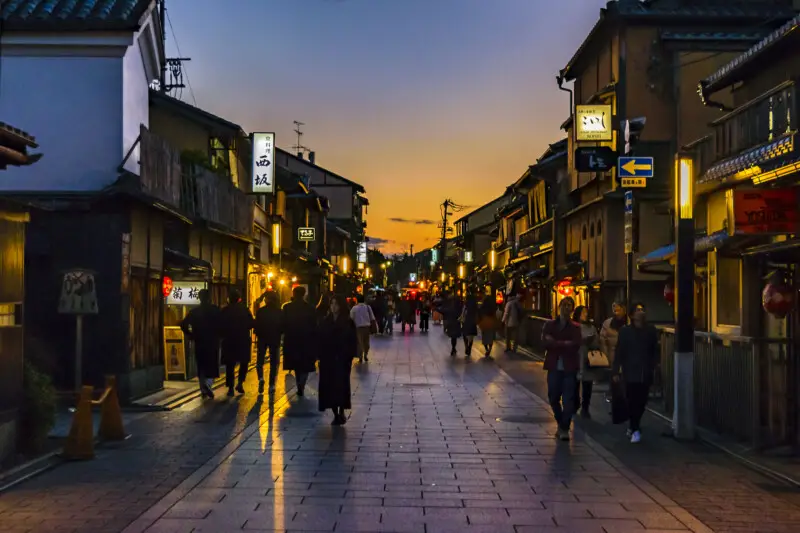
The changing seasons and the arrival of winter also bring a shift in Japanese cuisine.
It is an excellent opportunity to try seasonal dishes like hot pot, roasted chestnuts, and persimmons, which are only available during this time of year.
Latest Information on Popular Spots and Special Events
In this article, we provide the latest information on popular spots and special events happening in Japan during November.
We offer advice on the best places to see cherry blossoms, autumn foliage, and winter illuminations. We also provide an overview of the best time to visit Mount Fuji and the Japanese Alps, as well as day trips to popular places in northern Japan.
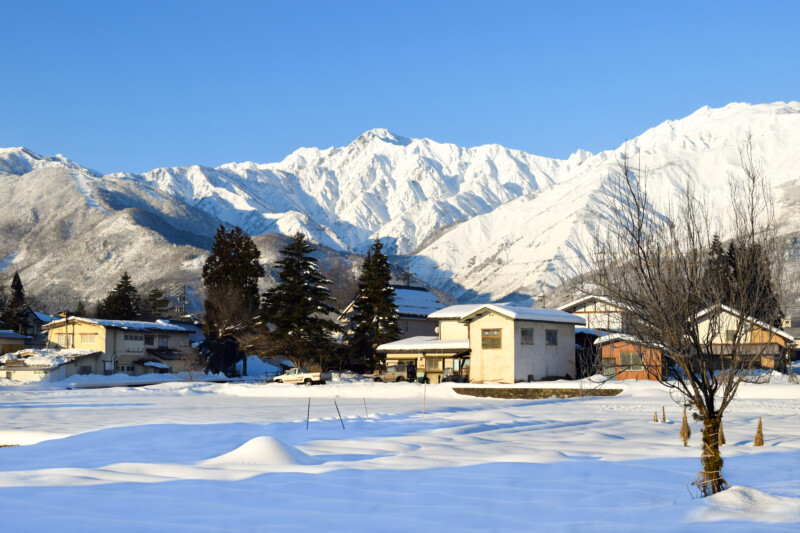
November is an excellent month to visit Japan, with comfortable temperatures, clear skies, and a host of cultural events and festivals. In this book, we provide a complete guide to help you plan your trip and make the most of your time in Japan.
Whether you are interested in viewing nature, experiencing Japanese culture and traditions, or enjoying hot springs and onsen baths, this guide offers all the information you need to enjoy the best of Japan during this fantastic time of year.
Best Places to Visit in November
November is a perfect time to visit Japan, with pleasant weather conditions and a host of cultural events and festivals. In this section, we will explore the best places to visit during this time of year, including national parks, hot springs, and popular cities.
- Tokyo
Tokyo is a bustling metropolis that offers an endless array of activities for travelers. In November, the weather is mild, making it an ideal time to explore the city’s many parks and gardens.
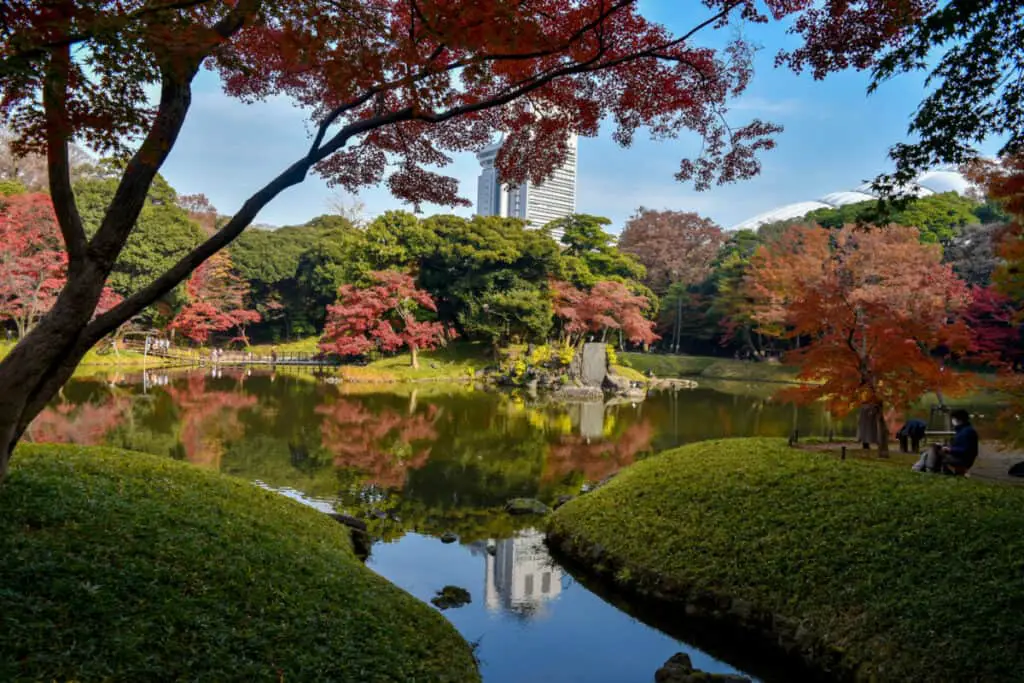
The Shinjuku Gyoen National Garden is particularly stunning during this time of year, with autumn foliage in full bloom. Visitors can also enjoy the Gion Odori festival, where dancers perform traditional Japanese dances.
- Kyoto
Kyoto is one of Japan’s most popular destinations, famous for its historic temples, shrines, and gardens.
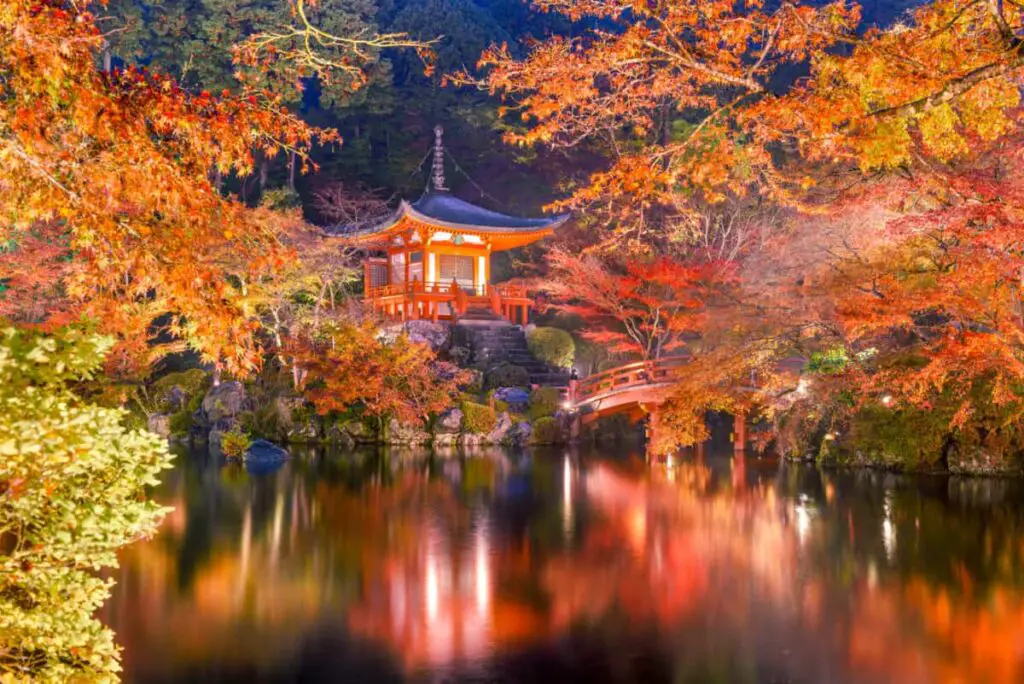
In November, the city is breathtaking, with the changing colors of the leaves creating a picturesque backdrop.
The Kodaiji Temple is an excellent place to view the autumn foliage, with a spectacular light-up display at night.
- Hakone
Hakone is a resort town located in the mountains outside of Tokyo, famous for its hot springs and stunning views of Mount Fuji.
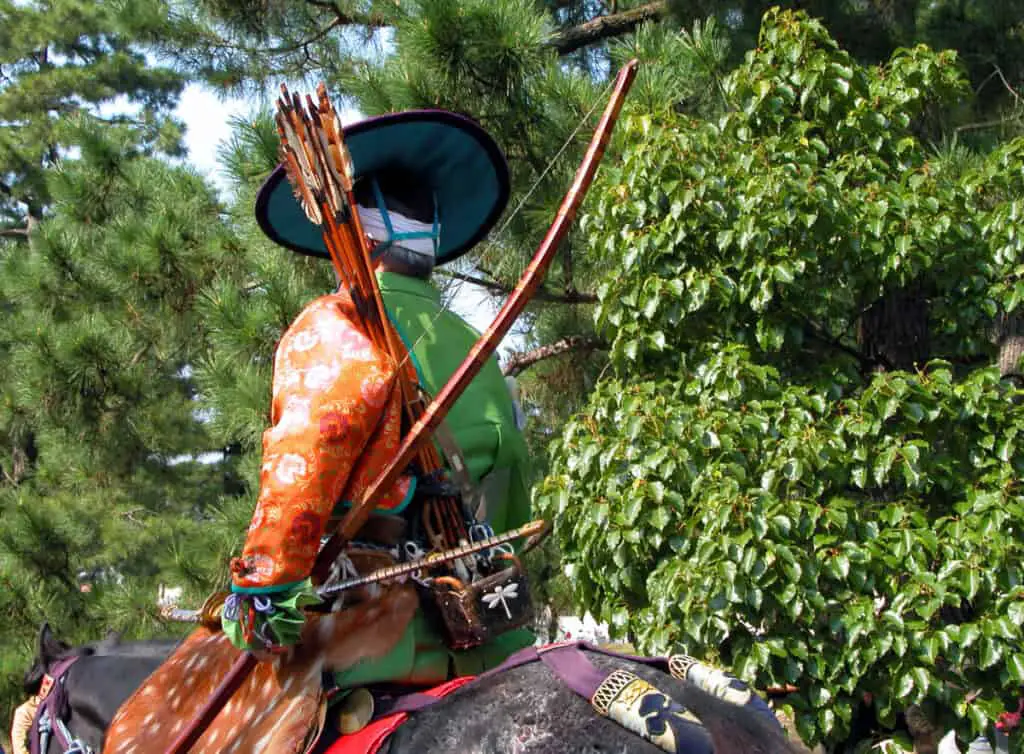
In November, visitors can enjoy the Hakone Daimyo Gyoretsu festival, where samurai warriors parade through the streets in traditional costumes.
The town is also home to the Lake Kawaguchi area, which hosts the Fuji Kawaguchiko Autumn Leaves Festival. Here, visitors can enjoy the autumn foliage, delicious food, and a fireworks display over Lake Kawaguchi.
- Hokkaido
Hokkaido is Japan’s northernmost island and is known for its stunning natural beauty. In November, the leaves change color, and visitors can enjoy the autumn foliage throughout the region.
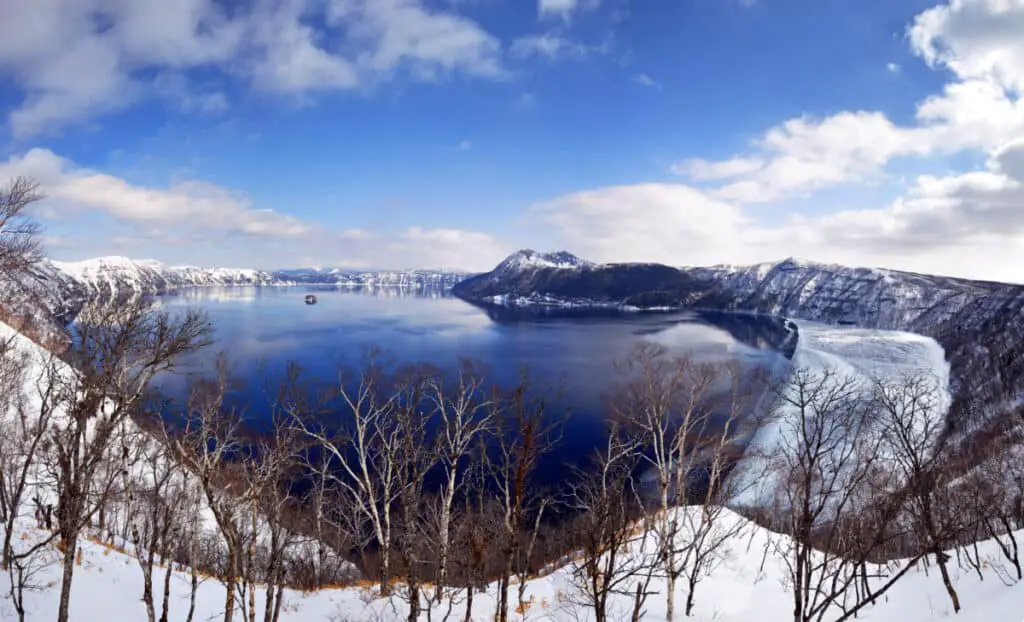
The island is also home to several national parks, including Daisetsuzan National Park, which offers spectacular views of the mountains and wildlife.
Visitors can also enjoy outdoor activities such as hiking, skiing, and snowboarding.
- Onsen Towns
Japan is famous for its hot springs, or onsen, and there are several towns throughout the country that offer visitors a chance to experience them.
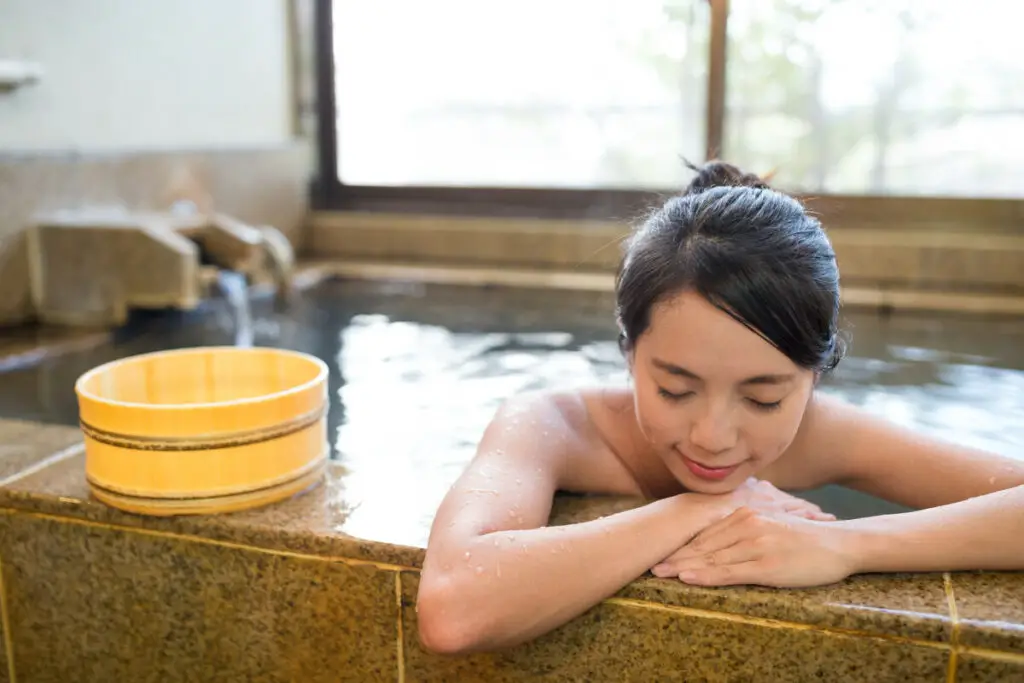
In November, visitors can soak in the hot springs while enjoying the changing colors of the leaves. Some popular onsen towns include Kusatsu, Hakone, and Arima.
- Mt. Fuji
Mt. Fuji is Japan’s highest mountain and a UNESCO World Heritage Site. In November, visitors can enjoy stunning views of the mountain and the changing colors of the leaves.
The Fuji Five Lakes area is particularly stunning during this time of year, with several hiking trails and hot springs to enjoy.
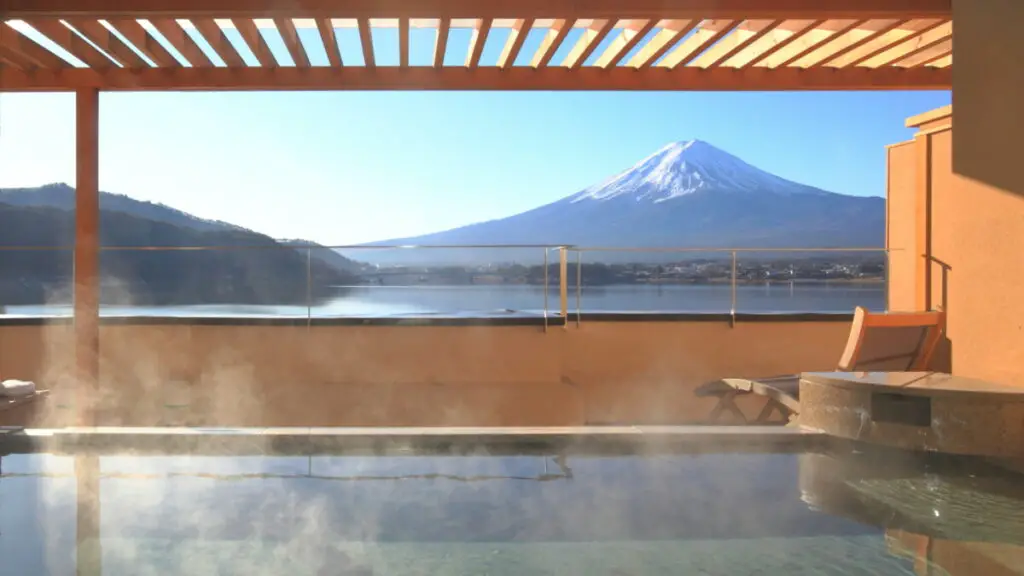
- Japanese Alps
The Japanese Alps are a mountain range that runs through the center of Japan, and in November, visitors can enjoy the autumn foliage and stunning views of the mountains.
Popular destinations in the Japanese Alps include Kamikochi, Takayama, and Matsumoto.
Planning Your Travel
November is one of the best months to visit Japan, with pleasant weather and a range of special events to enjoy.
However, to make the most of your trip, it’s important to plan ahead and consider a few key factors.
Choosing the Perfect Time to Visit Japan in November
Late November is generally considered the best time to visit Japan, as this is when the autumn foliage is at its peak and the weather is mild and comfortable. However, the exact timing of the changing leaves can vary depending on the location, elevation, and other factors.
If you’re interested in seeing the changing leaves in northern Japan or in higher elevations, you may want to visit in early November.
On the other hand, if you’re more interested in cherry blossoms, you’ll need to plan your trip for late April.
It’s also worth considering other factors that may impact your travel plans. November marks the start of the typhoon season, so be sure to check the latest weather information and plan accordingly.
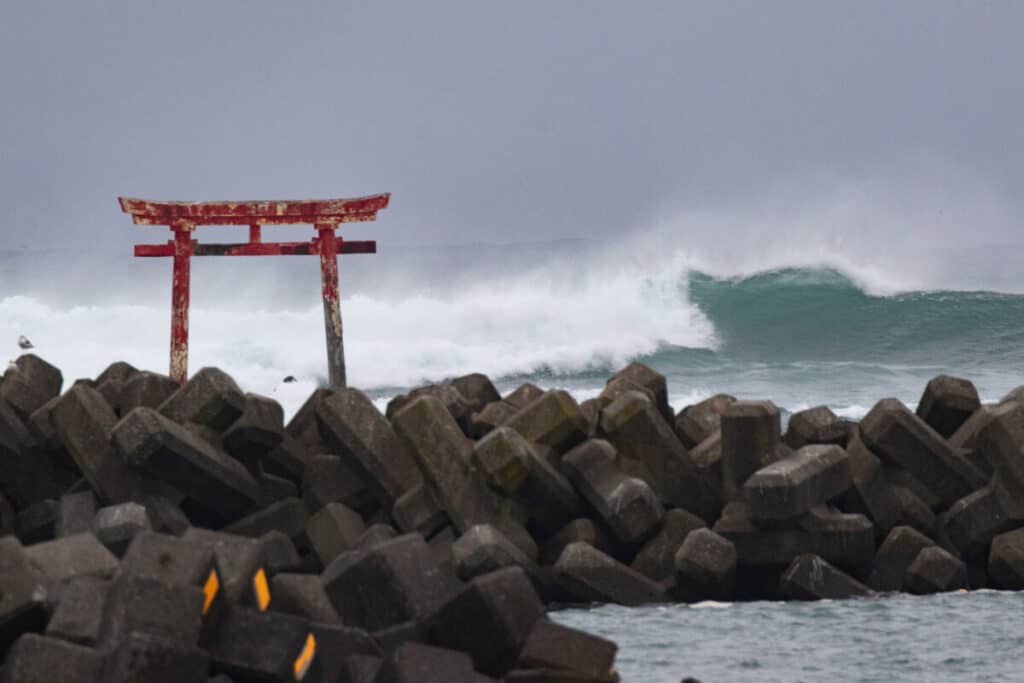
Additionally, some areas may experience more rainy days than others, so be prepared with appropriate clothing and gear.
Preparing for Changing Weather Conditions
November in Japan can be unpredictable, with temperatures ranging from mild and comfortable to chilly and damp.
To prepare for changing weather conditions, it’s important to pack warm layers and clothing that can be easily layered and removed.
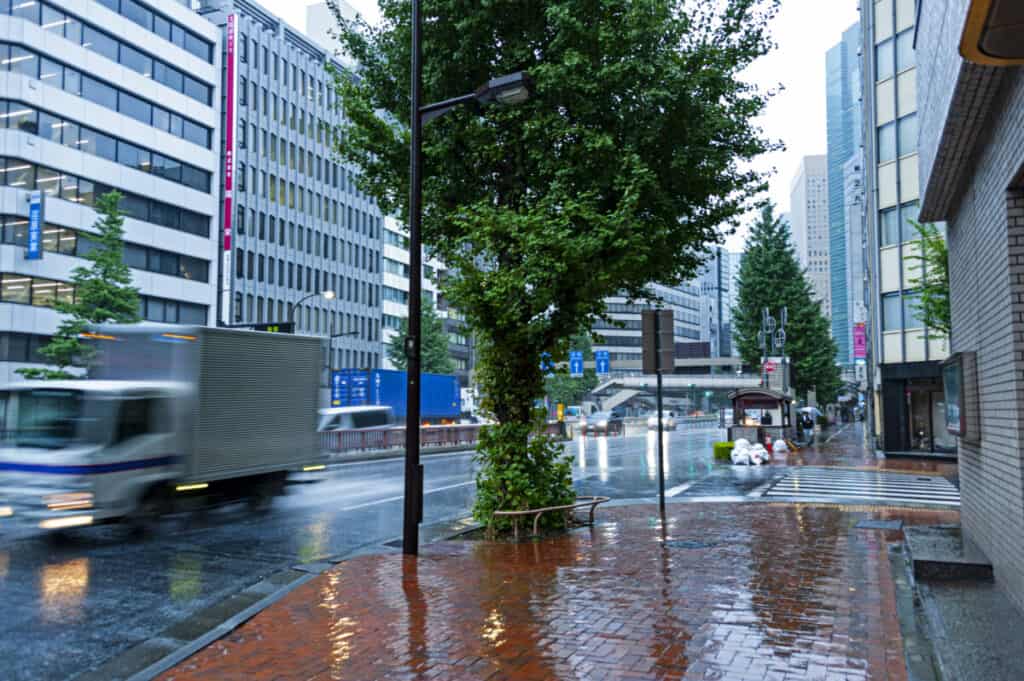
Additionally, you may want to consider bringing rain gear and waterproof shoes, especially if you plan on spending time outdoors. Remember to check the weather forecast regularly and adjust your plans accordingly.
Travel Plans and Itineraries for Day Trips and Longer Stays
Whether you’re planning a quick day trip or a longer stay in Japan, there are plenty of options to choose from.
Some popular day trip destinations include Lake Kawaguchi, Mount Fuji, and Hakone Daimyo Gyoretsu. These destinations offer a chance to enjoy stunning scenery, hot springs, and outdoor activities.
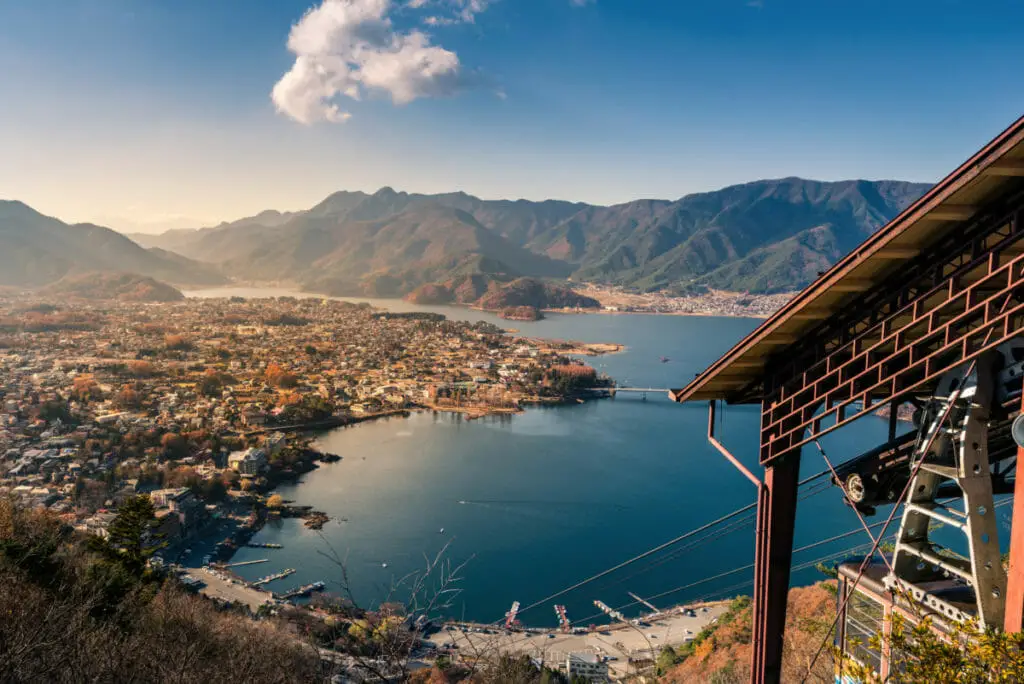
For longer stays, consider visiting popular cities such as Tokyo, Kyoto, and Osaka, as well as less touristy areas such as the Japanese Alps or northern Japan.
These regions offer a chance to experience the distinct seasons and Japanese culture, including special events such as the Gion Odori dance festival or the Kodaiji Temple illumination.
Booking Accommodations and Transportation
When it comes to booking accommodations and transportation, there are plenty of options to choose from. Popular places to stay include traditional ryokans, modern hotels, and even capsule hotels for budget travelers.
For transportation, consider purchasing a Japan Rail Pass for unlimited travel on Japan’s extensive rail network, or rent a car if you plan on exploring more rural areas.
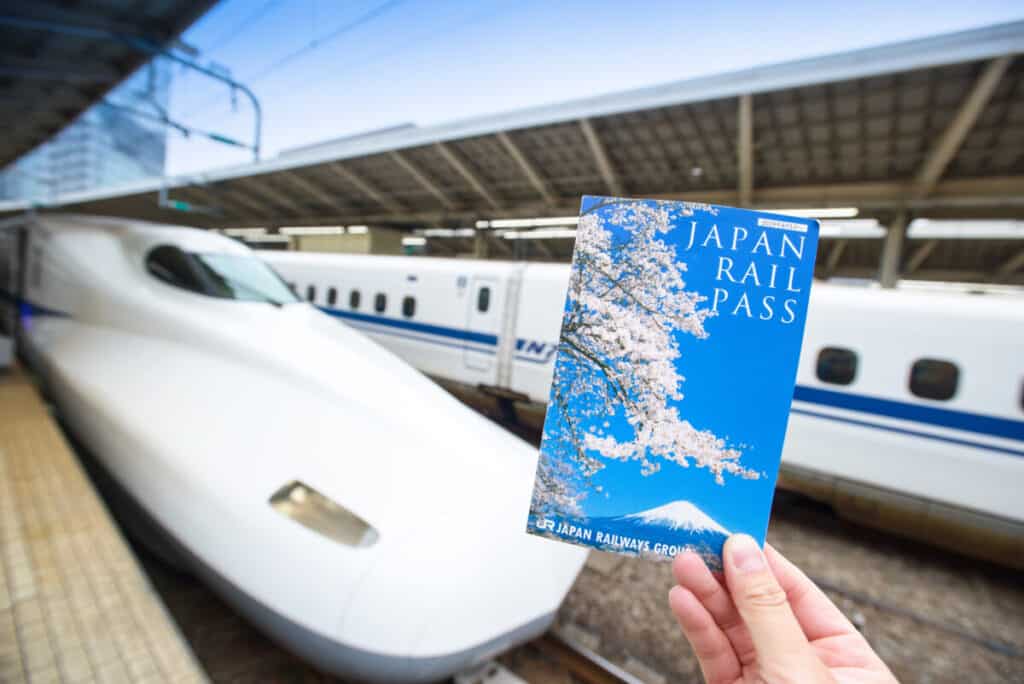
Be sure to book accommodations and transportation in advance, especially during peak season or national holidays.
Best Places to See Cherry Blossoms and Autumn Foliage
November is a special time in Japan, when the autumn leaves start to change color and two season cherry blossom trees season begins.
This section will provide an overview of the best places to see the changing leaves and blossoms, as well as tips for enjoying this time of year.
Overview of Cherry Blossom Season and the Changing Colors of Leaves in November
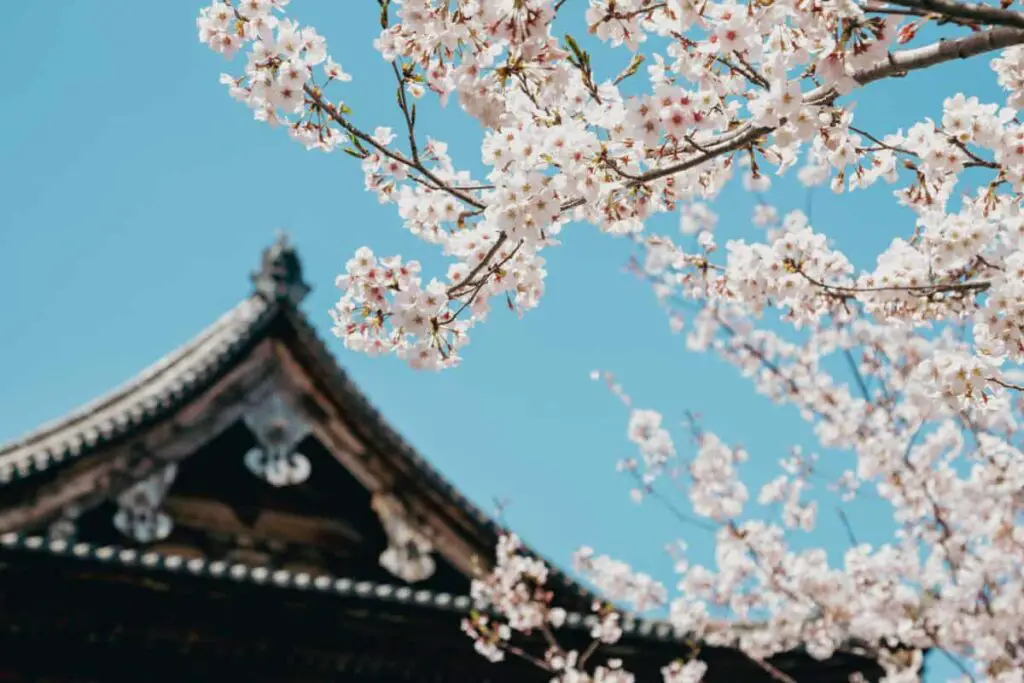
While cherry blossom season typically occurs in late March and early April, there are some varieties that bloom in November.
These autumn cherry blossoms, known as “kaikanzakura,” can be found in various locations throughout Japan, including Hokkaido and northern Honshu.
In addition to the cherry blossoms, the changing colors of the leaves provide a stunning display of nature’s beauty. The leaves typically start to change color in late October and peak in early to mid-November, depending on the location and elevation.
Popular Places for Viewing Cherry Blossoms and Fall Foliage
Some of the best places to view the cherry blossoms and fall foliage include national parks such as Nikko National Park and Mount Takao, as well as cultural sites like Kodaiji Temple in Kyoto and Hakone Daimyo Gyoretsu in Kanagawa Prefecture.
Nikko National Park, located north of Tokyo, is a popular destination for viewing the autumn leaves. The park features several hiking trails and scenic spots, including the famous Shinkyo Bridge and Toshogu Shrine.
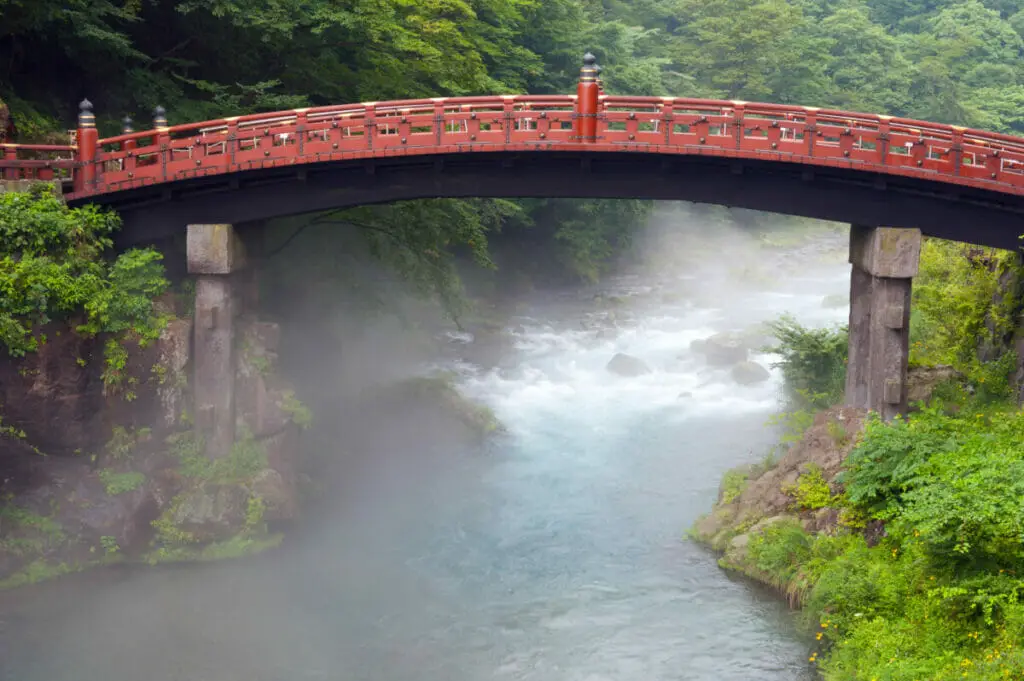
Mount Takao, located west of Tokyo, is another popular destination for viewing the changing leaves. Visitors can take a cable car or hike up to the summit for stunning views of the city and surrounding mountains.
Hakone Daimyo Gyoretsu is a traditional parade that takes place in Hakone during the fall foliage season. The parade features samurai warriors, geisha, and other historical figures in elaborate costumes, making it a unique cultural experience.
Kodaiji Temple, located in Kyoto, is known for its stunning autumn illumination display. The temple is lit up with thousands of LED lights, creating a magical atmosphere for visitors to enjoy.
Tips for Finding Good Fortune During this Time of Year
In Japan, there are several traditions and beliefs associated with the changing leaves and cherry blossoms. One tradition is to view the first falling leaf of the season and make a wish.
Another tradition is to enjoy “koyo-mame,” which are sweet beans that are eaten during the fall foliage season for good luck.
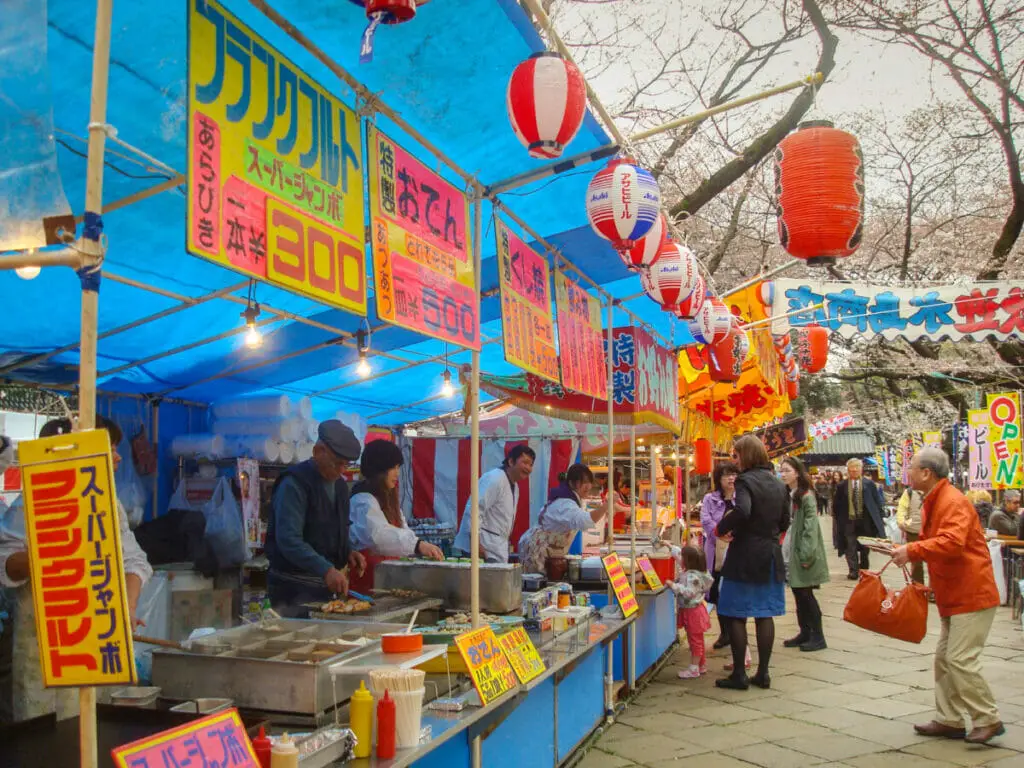
Outdoor Activities and Onsen Bath Experiences to Enjoy While Viewing Nature
In addition to viewing the cherry blossoms and fall foliage, there are plenty of outdoor activities to enjoy during this time of year.
Hiking, cycling, and camping are all popular activities, especially in national parks and other scenic areas.
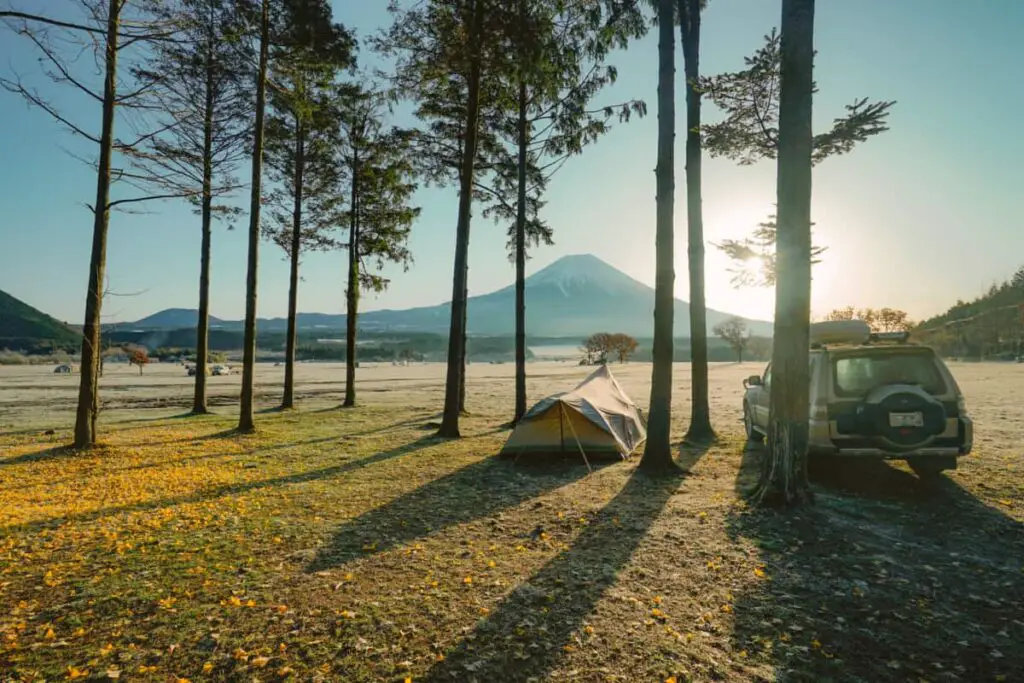
For a more relaxing experience, consider visiting an onsen, or hot spring. Japan is known for its many onsen resorts, which offer a chance to soak in the warm waters while enjoying the stunning views of nature.
Special Events and National Holidays
November is a month filled with special events and national holidays in Japan. From traditional cultural festivals to modern illumination events, there is something for everyone. In this section, we’ll take a look at some of the most exciting events happening in November.
Overview of Special Events and National Holidays in November The Fuji Kawaguchiko Autumn Leaves Festival is a must-see event for nature lovers visiting Japan in November.
Located near Lake Kawaguchi at the base of Mt. Fuji, this festival features breathtaking autumn foliage, food stalls, and traditional music performances.
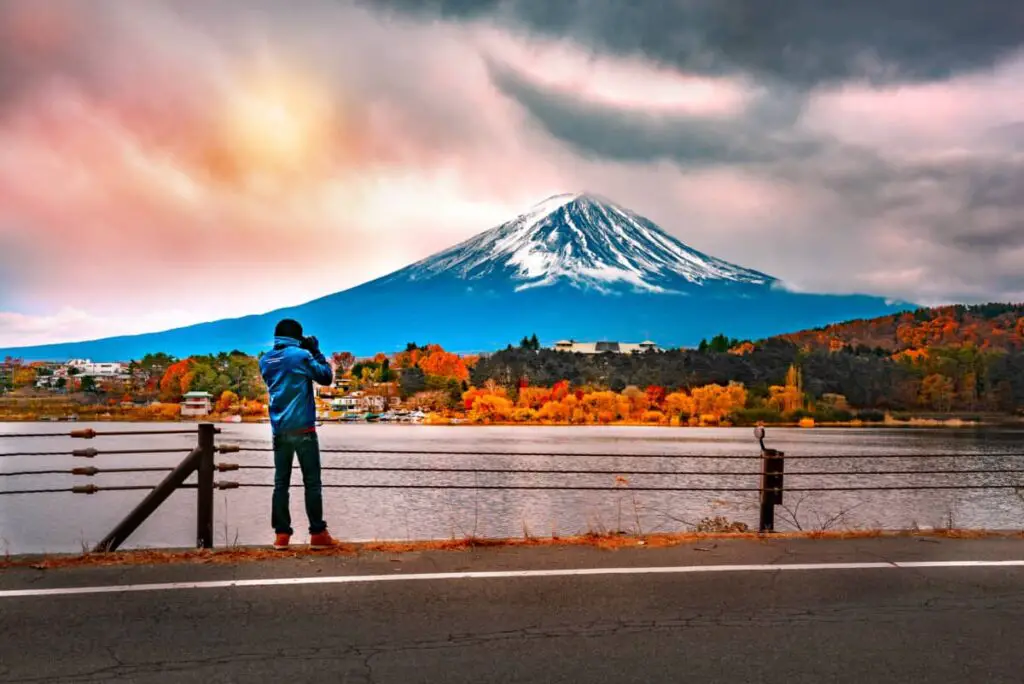
Visitors can also enjoy the hot onsen bath at nearby resorts, which provide a perfect opportunity to relax and soak in the beauty of the changing leaves.
Gion Odori is another popular event that takes place in Kyoto during November. It is a traditional dance performance held by geishas in the Gion district, which is a charming area known for its historic architecture and streets lined with shops and restaurants.
The Fire Festival is one of the most exciting events happening in Kyoto during November. It is held at Kurama Temple, located in the northern mountains of the city.
The festival is a celebration of the mountain deity and involves a torch-lit procession of men carrying portable shrines up the mountain.
Sumo wrestlers’ tournaments are another highlight of November in Japan. There are several tournaments held throughout the month, with the most popular ones being in Tokyo. Watching sumo wrestlers in action is a great way to experience Japanese culture firsthand.
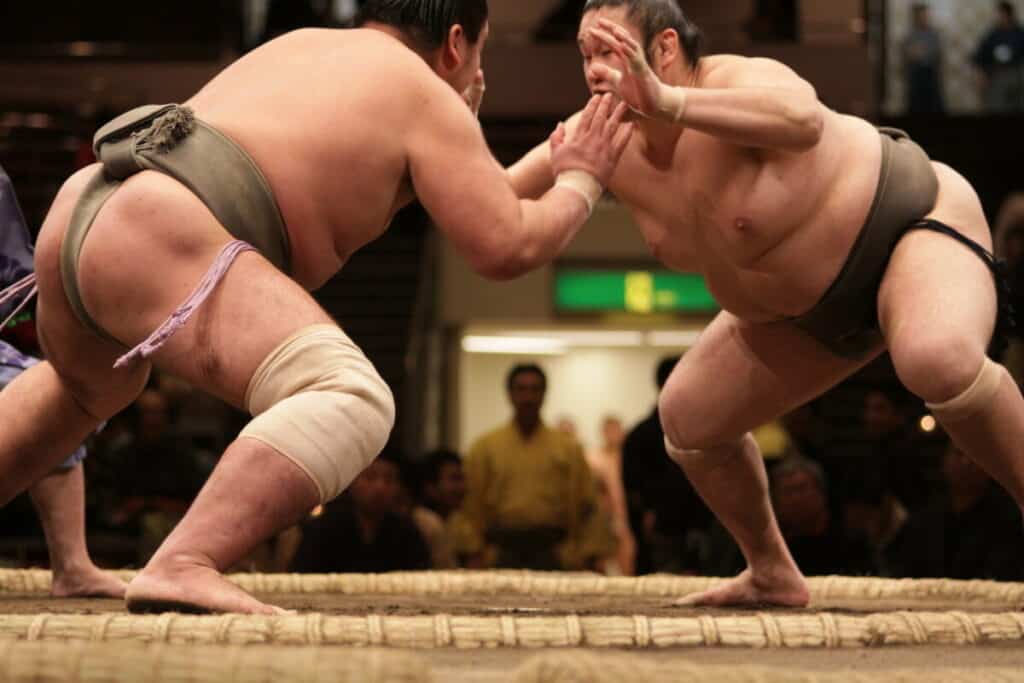
How to Enjoy Special Events and National Holidays Like a Local To fully enjoy these events, it’s important to plan ahead and book tickets in advance. It’s also recommended to arrive early to avoid crowds and find a good spot to view the festivities.
Visitors can also join a guided tour to get a more in-depth understanding of the event’s cultural significance. Many local tour operators offer specialized tours that cater to different interests and preferences.
Another great way to experience these events like a local is by interacting with the locals. Japanese people are friendly and welcoming, and they are always happy to share their culture and traditions with visitors.
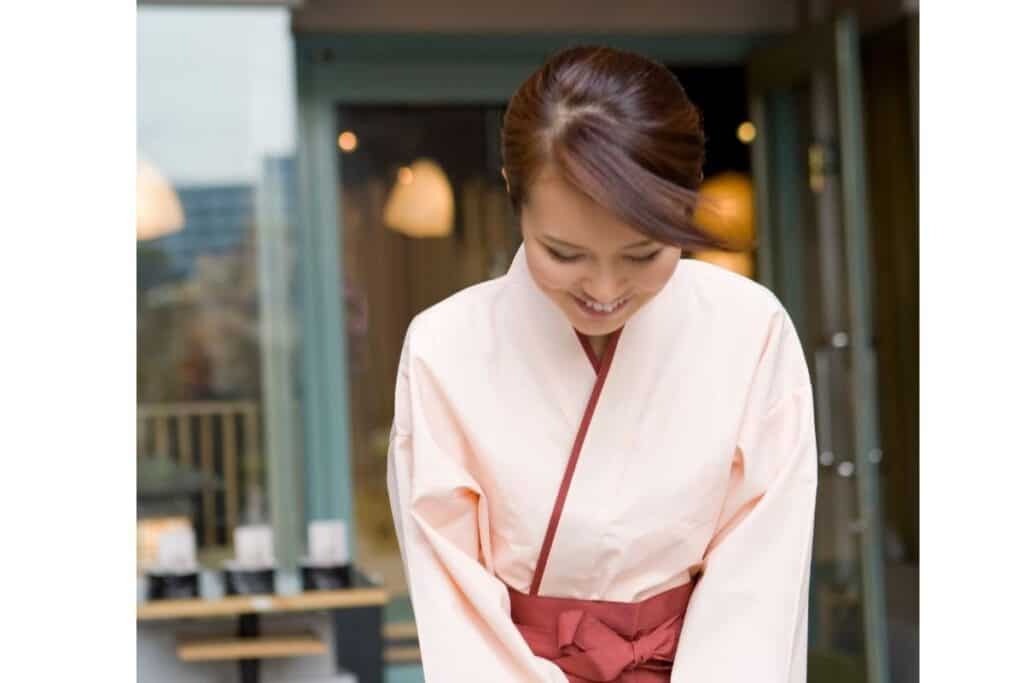
Strike up a conversation with someone at a festival or event, and you might just make a new friend.
November is a fantastic time to experience Japan’s unique culture and traditions through its special events and national holidays.
From the Fuji Kawaguchiko Autumn Leaves Festival to Gion Odori and the Fire Festival, there is plenty to see and do.
With a little planning and a willingness to immerse yourself in the local culture, you can make unforgettable memories during your visit to Japan in November.
Mount Fuji and Northern Japan
If you are planning a trip to Japan in November, you will have the opportunity to witness the beauty of Mount Fuji and the changing colors of the leaves in northern Japan.
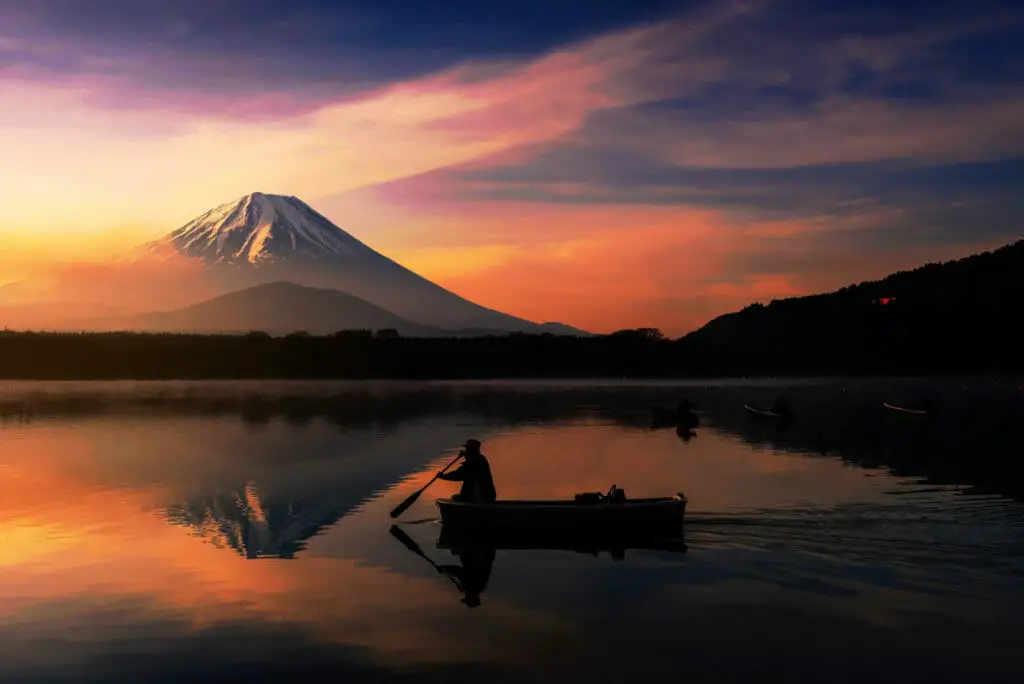
In this section, we will provide you with an overview of the best time to visit these regions, popular day trips, and tips for enjoying the colder temperatures at higher elevations.
Best Time to Visit Mount Fuji and the Japanese Alps
November is not the peak season for visiting Mount Fuji, but it is still a great time to enjoy the view. The best time to visit is during the first half of the month, before the weather becomes too cold and the snow starts to fall.
If you want to enjoy the view of the autumn foliage while looking at Mount Fuji, the first week of November is the perfect time to do so.
The Japanese Alps are also a popular destination for visitors to Japan. The best time to visit is from late September to early November when the leaves change color.
This is the perfect time to enjoy the beautiful scenery and take part in outdoor activities like hiking and cycling.
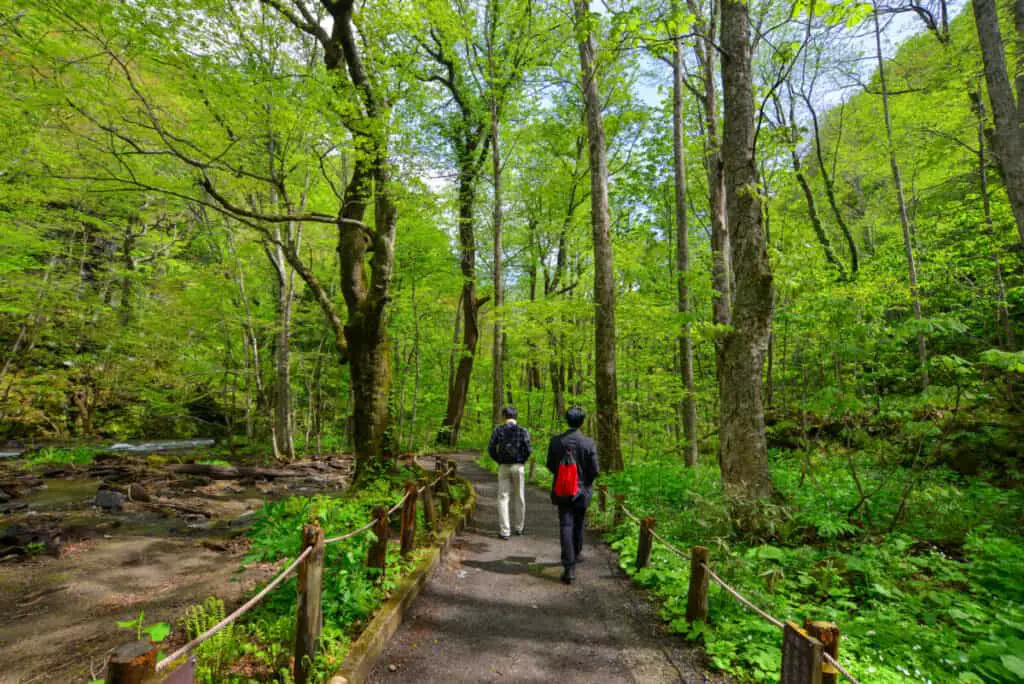
Day Trips to Lake Kawaguchi and Other Popular Places in Northern Japan
Lake Kawaguchi is a popular day trip destination from Tokyo. This lake offers stunning views of Mount Fuji and is surrounded by beautiful forests.
The best time to visit is in the first half of November when the leaves change color. The Fuji Kawaguchiko Autumn Leaves Festival takes place in November and is a great opportunity to experience the autumn colors of the area.
Other popular places to visit in northern Japan include Nagano, Niigata, and Hokkaido. These areas offer beautiful landscapes, delicious local cuisine, and unique cultural experiences.
You can take part in outdoor activities like skiing, snowboarding, and hiking, depending on the weather conditions.
Tips for Viewing Clear Skies and Enjoying the Colder Temperatures at Higher Elevations
If you plan to visit Mount Fuji or the Japanese Alps, be sure to dress warmly and bring warm layers.
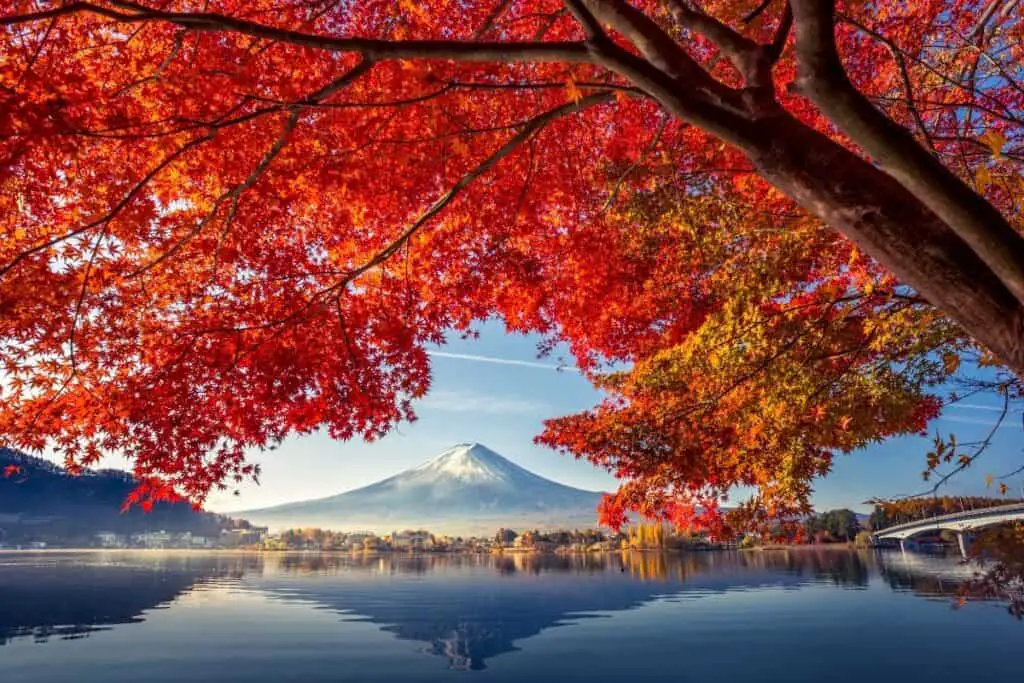
The temperatures at higher elevations can be significantly colder than at lower elevations, and the weather can change quickly. It is important to check the weather forecast and be prepared for any changes in weather conditions.
To view clear skies and avoid cloudy weather, plan your visit to Mount Fuji and the Japanese Alps during the first half of November.
This is the best time to experience the beautiful autumn foliage and enjoy clear views of the surrounding landscape.
How to Find the Latest Information on Weather Conditions and Travel Advisories
The Japan National Tourism Organization’s official website provides up-to-date information on weather conditions, travel advisories, and events happening in Japan. It is a great resource to check before your trip to make sure you are prepared and informed.
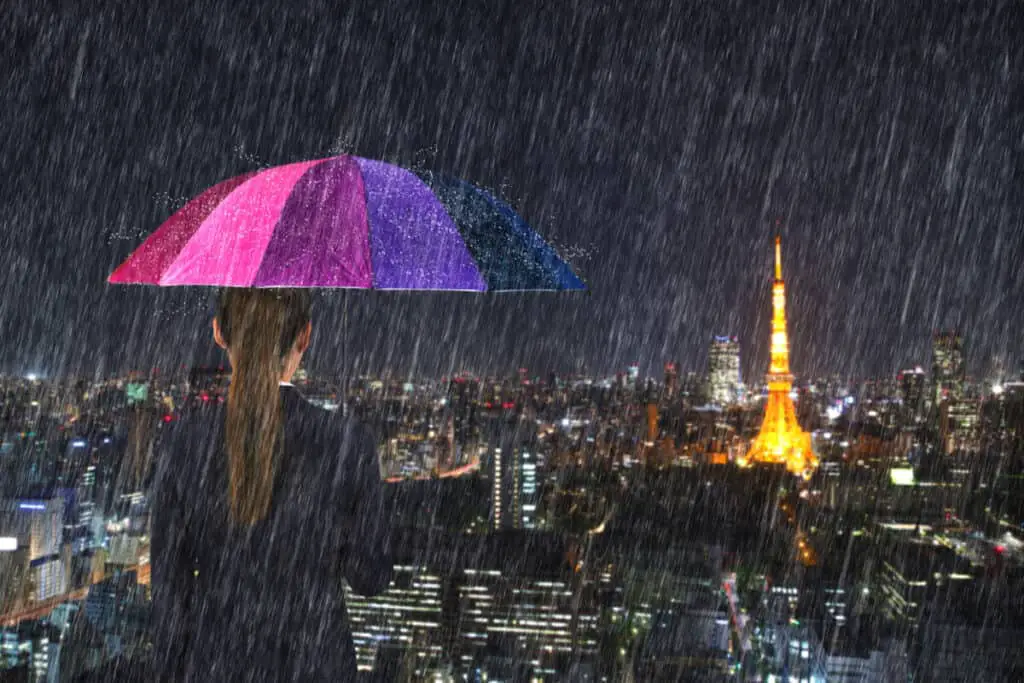
In addition, local people and hotel staff can provide valuable information on weather conditions and the best places to visit. Don’t hesitate to ask for recommendations or advice while traveling in Japan.
Winter Illuminations and Comfortable Temperatures
Winter in Japan can be cold, but it’s also a magical time of year with plenty of activities to enjoy.
One of the highlights of the season is the winter illuminations that light up the country’s parks, gardens, and streets.
In this section, we’ll explore the best places to see these illuminations and offer tips for staying warm during the colder months.
Overview of Winter Illuminations in Japan
Winter illuminations in Japan are a popular attraction for locals and tourists alike. These light displays typically run from late November to early February and feature a wide range of colorful and creative installations. Some of the most popular places to see winter illuminations include:
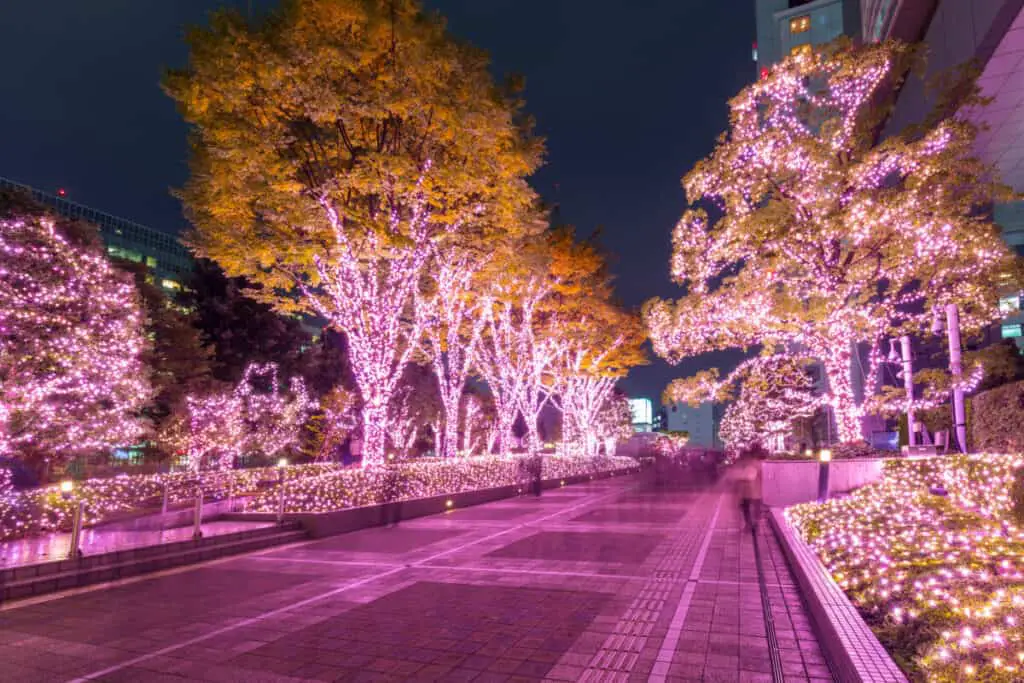
- Nabana no Sato in Mie Prefecture: This flower park is known for its stunning illuminations, which include a 200-meter-long tunnel made of millions of LED lights.
- Yomiuriland in Tokyo: This amusement park is transformed into a winter wonderland with a variety of light displays, including a giant illuminated tree and a tunnel of lights.
- Shirakawa-go in Gifu Prefecture: This UNESCO World Heritage site is known for its traditional thatched-roof houses, which are illuminated with soft lights during the winter months.
- Kobe Luminarie: This annual event in Kobe features elaborate light displays that pay tribute to the city’s recovery from the devastating earthquake in 1995.
Other popular places to see winter illuminations include Tokyo Midtown, Roppongi Hills, and Osaka’s Midosuji Boulevard. Many of these displays are free, but some may require admission fees.
Staying Warm During the Colder Months
Winter temperatures in Japan can vary depending on the region, but in general, they range from around 5-15°C (41-59°F).
It’s important to dress in warm layers and bring a coat, gloves, and a hat when exploring the outdoors. Long-sleeved shirts, sweaters, and thermal underwear are also good options.
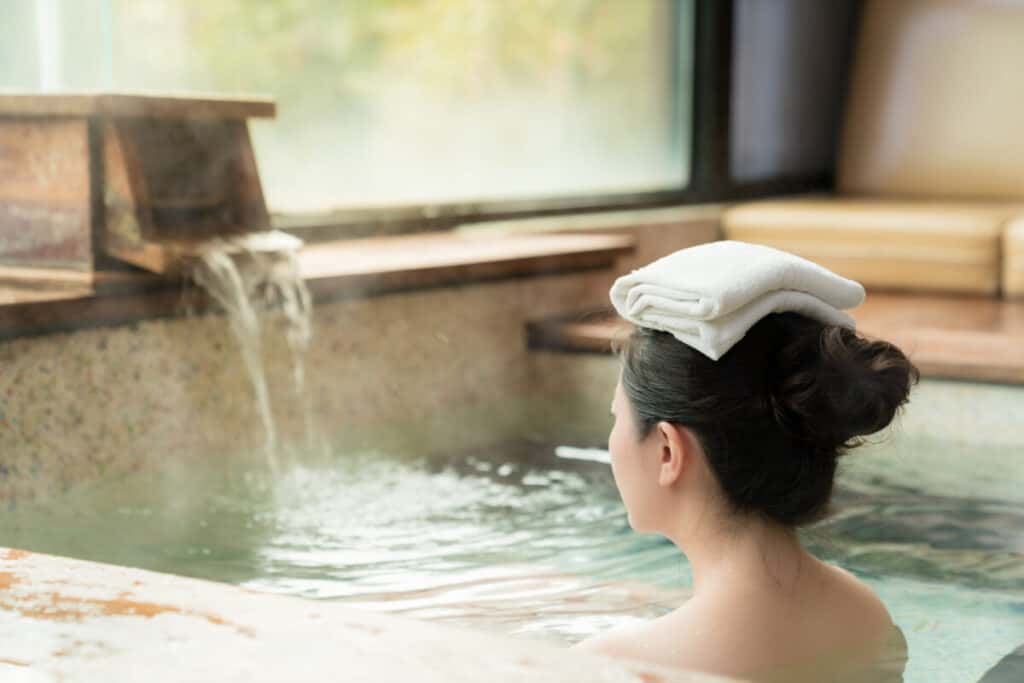
If you’re planning to visit an onsen bath during the winter months, you’ll need to bring a change of clothes and a towel. Many onsen provide rental towels, but it’s always a good idea to bring your own just in case.
Indoor Activities to Enjoy During the Colder Months
While winter illuminations and onsen baths are popular attractions during the colder months, there are also plenty of indoor activities to enjoy. Some popular options include:
- Museums: Japan has a wealth of museums that showcase everything from traditional arts and crafts to contemporary art and technology. Some popular options include the Tokyo National Museum, the Ghibli Museum, and the National Museum of Emerging Science and Innovation.
- Shopping: Japan is known for its shopping, and the winter months are a great time to explore the country’s department stores, malls, and street markets. Popular shopping destinations include Tokyo’s Ginza district, Osaka’s Shinsaibashi, and Kyoto’s Nishiki Market.
- Food and Drink: Winter is the perfect time to enjoy hot and hearty Japanese dishes like nabe (a type of hot pot), ramen, and oden (a type of stew). You can also warm up with a cup of hot sake or shochu (a distilled spirit).
- Winter in Japan may be cold, but it’s also a fantastic time to explore the country’s winter illuminations, onsen baths, and indoor activities. By dressing in warm layers and planning ahead, you can make the most of your trip and enjoy everything Japan has to offer during the colder months.
Typhoon Season and Rainy Days
Japan’s rainy season typically begins in early July and lasts until the end of the month, though typhoons can occur throughout the year. In this chapter, we will discuss how to prepare for typhoon season and rainy days, and what to do in case of an emergency situation.
Overview of Typhoon Season
Typhoons are tropical cyclones that can bring heavy rain, strong winds, and storm surges to Japan. They can occur throughout the year but are most common in September and October.
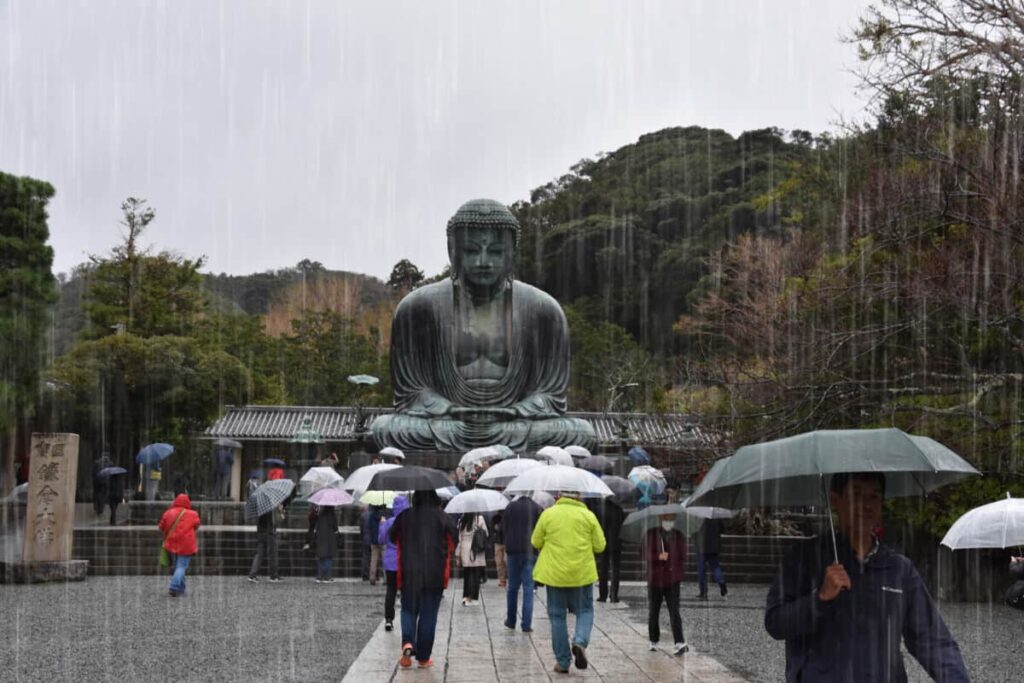
Typhoons can cause flooding, landslides, and power outages, which can disrupt travel plans.
How to Prepare for Rainy Days
It’s always a good idea to be prepared for rainy days when traveling in Japan. Here are some tips to help you stay safe and enjoy your trip:
- Check the weather forecast: Before heading out, check the latest weather forecast and plan your activities accordingly.
- Bring rain gear: Pack a rain jacket or umbrella to keep you dry during sudden rain showers.
- Wear appropriate footwear: Make sure to wear shoes with good traction to avoid slips and falls on wet surfaces.
- Protect your belongings: Keep your electronics and other valuables in waterproof bags or cases to prevent damage.
- Plan indoor activities: Research indoor activities such as museums, shopping malls, and onsen baths that you can enjoy during rainy days.
What to do in case of a travel advisory or emergency situation
If a travel advisory is issued due to a typhoon or other natural disaster, it’s important to stay informed and follow the advice of local authorities.
Here are some tips to help you stay safe during an emergency situation:
- Stay indoors: Avoid going outside during the storm, as high winds and heavy rain can be dangerous.
- Prepare an emergency kit: Pack a kit with essentials such as water, food, and first aid supplies.
- Monitor local news: Keep an eye on local news and follow the advice of local authorities.
- Contact your embassy: If you’re traveling from outside Japan, make sure to register with your embassy and keep their contact information on hand in case of an emergency.
Tips for Enjoying Indoor Activities and Cultural Experiences during Rainy Days
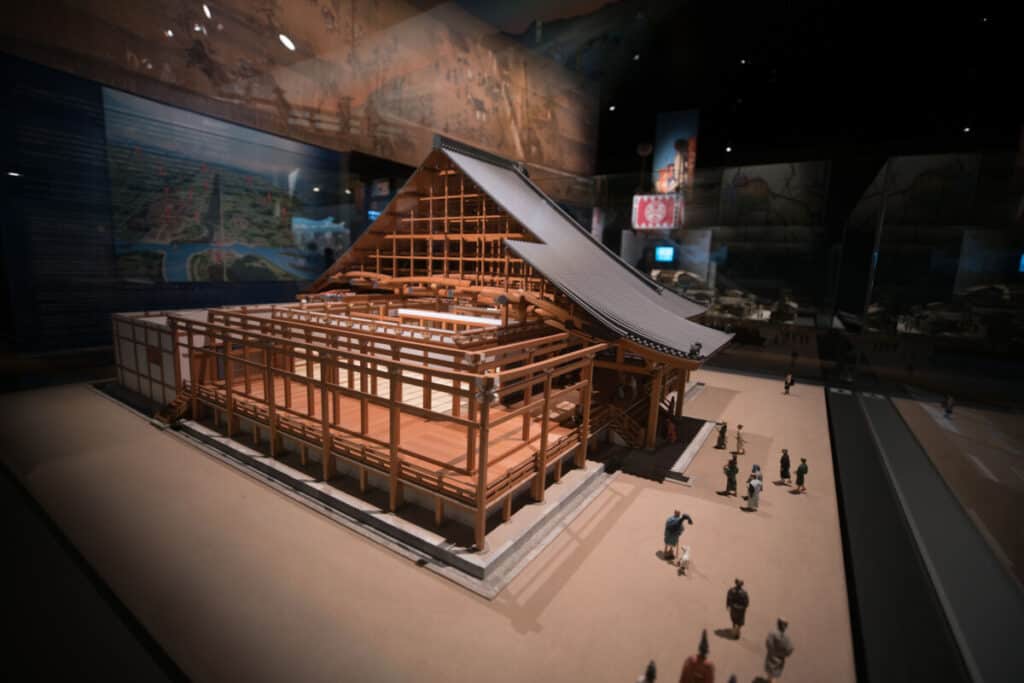
Japan offers a variety of indoor activities and cultural experiences that you can enjoy during rainy days. Here are some ideas:
- Visit a museum: Japan has many world-class museums that offer unique insights into the country’s history and culture.
- Try a cooking class: Learn how to make traditional Japanese dishes such as sushi or ramen at a cooking class.
- Relax in an onsen bath: Onsen baths are a traditional Japanese hot spring experience that can be enjoyed even on rainy days.
- Watch a movie: Japan has a thriving film industry, and you can find both international and domestic films at local cinemas (many with English subtitles).
How to Stay Updated on Weather Conditions and Travel Advisories
It’s important to stay updated on weather conditions and travel advisories during typhoon season and rainy days. Here are some ways to stay informed:
- Check the Japan National Tourism Organization’s official website: The JNTO website provides up-to-date information on weather conditions, travel advisories, and emergency contact information.
- Sign up for alerts: Register with the government’s free disaster notification service, which sends alerts to your phone in case of an emergency.
- Follow local news: Keep an eye on local news and social media for the latest updates on weather conditions and travel advisories.
During typhoon season
In addition to taking necessary precautions during a typhoon, it’s also important to have a backup plan in case of travel disruption. Keep in mind that some train and bus services may be cancelled or delayed during severe weather conditions.
If you are planning to travel during this time, it’s a good idea to check with your accommodation and transportation providers to see if there are any changes to their schedules.
If you do find yourself stuck indoors due to heavy rain or a typhoon, there are still plenty of cultural experiences and indoor activities to enjoy in Japan.
Many museums, galleries, and temples offer shelter from the rain and provide a chance to learn more about Japanese history and culture.
One popular indoor activity is attending a traditional tea ceremony, which offers a chance to learn about the intricacies of Japanese tea culture. Another popular activity is visiting an onsen, or hot spring, where you can relax and soak in the warm waters while enjoying the scenery around you.
It’s important to stay updated on the latest weather conditions and travel advisories during typhoon season.
The Japan National Tourism Organization and the official websites of local prefectures are good sources of information. You can also sign up for alerts through travel apps and websites.
Overall, while typhoon season may bring some unexpected weather conditions, with proper preparation and planning, you can still enjoy your travels in Japan during this time of year. Just remember to stay safe and stay informed.
Conclusion
As we come to the end of our complete guide to visiting Japan in November, let’s recap some of the best things to do and places to visit during this special time of year.
November is the perfect time to visit Japan, with mild temperatures and comfortable weather conditions.
The changing colors of the leaves and cherry blossom season make it a great time to enjoy outdoor activities and take day trips to popular spots like Lake Kawaguchi and the Japanese Alps.
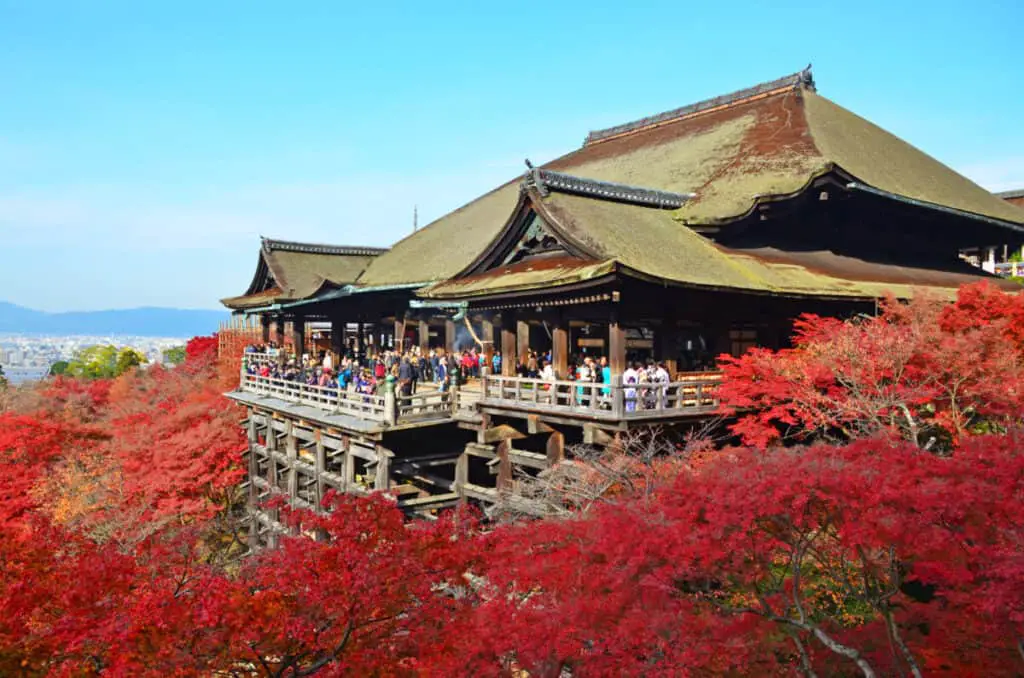
It’s also a time for special events and national holidays, including the Fuji Kawaguchiko Autumn Leaves Festival, Gion Odori, and the Fire Festival. And for those interested in Japanese culture, there are opportunities to see sumo wrestlers’ tournaments and other cultural events.
While typhoon season and rainy days may pose some challenges, there are plenty of indoor activities and onsen bath experiences to enjoy. And for those who want to see the winter illuminations, November is the perfect month to do so.
When planning your travel, be sure to check the official website of the Japan National Tourism Organization for the latest information on weather conditions and travel advisories. And when booking accommodations, consider staying in a hot onsen or a ryokan for a unique Japanese experience.

Overall, November is a fantastic time to visit Japan and enjoy the distinct seasons and Japanese culture.
It’s a good option for travelers from North America and other parts of the world who want to experience the country during a less crowded time of year.
We hope this guide has been helpful in planning your trip to Japan in November. Whether it’s your first time or you’re a seasoned traveler, there’s always something new to discover in this beautiful country.

